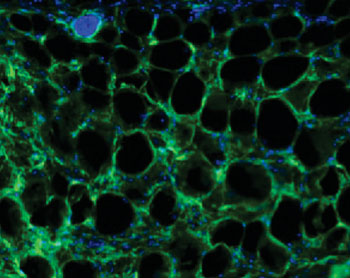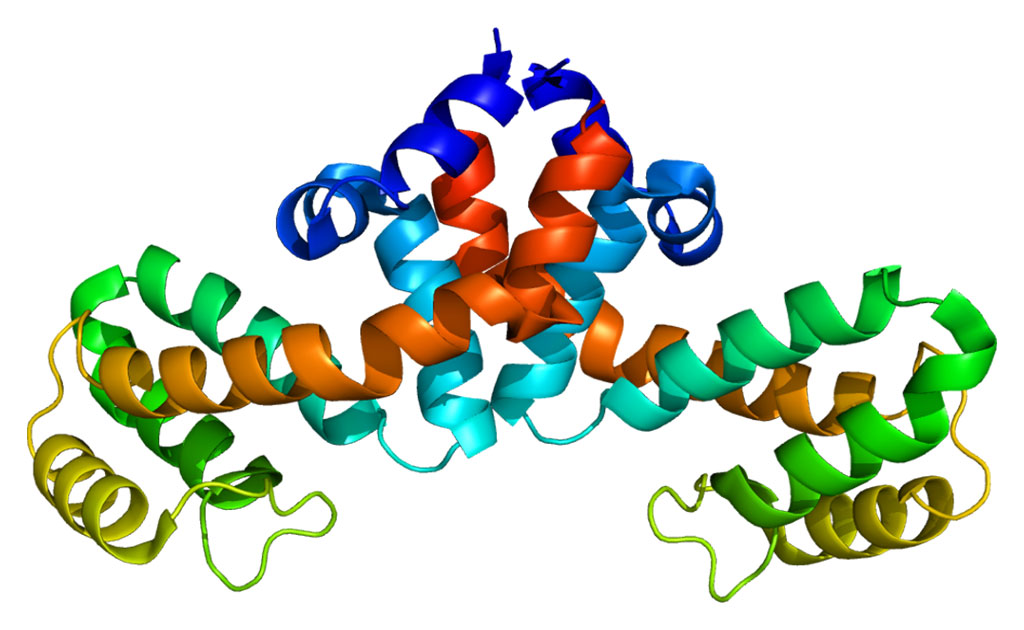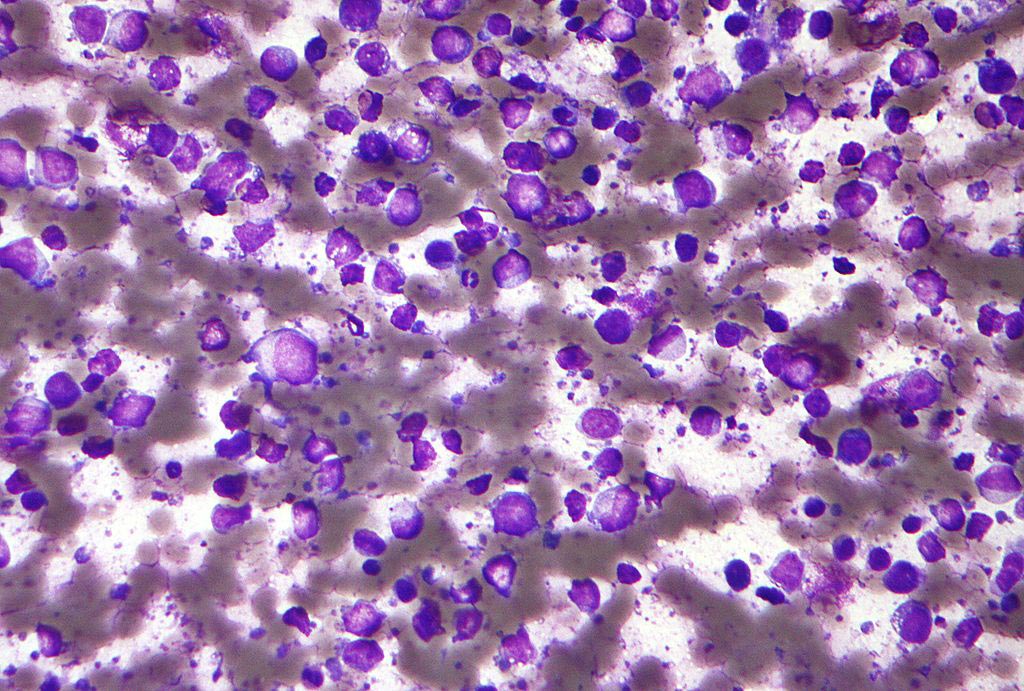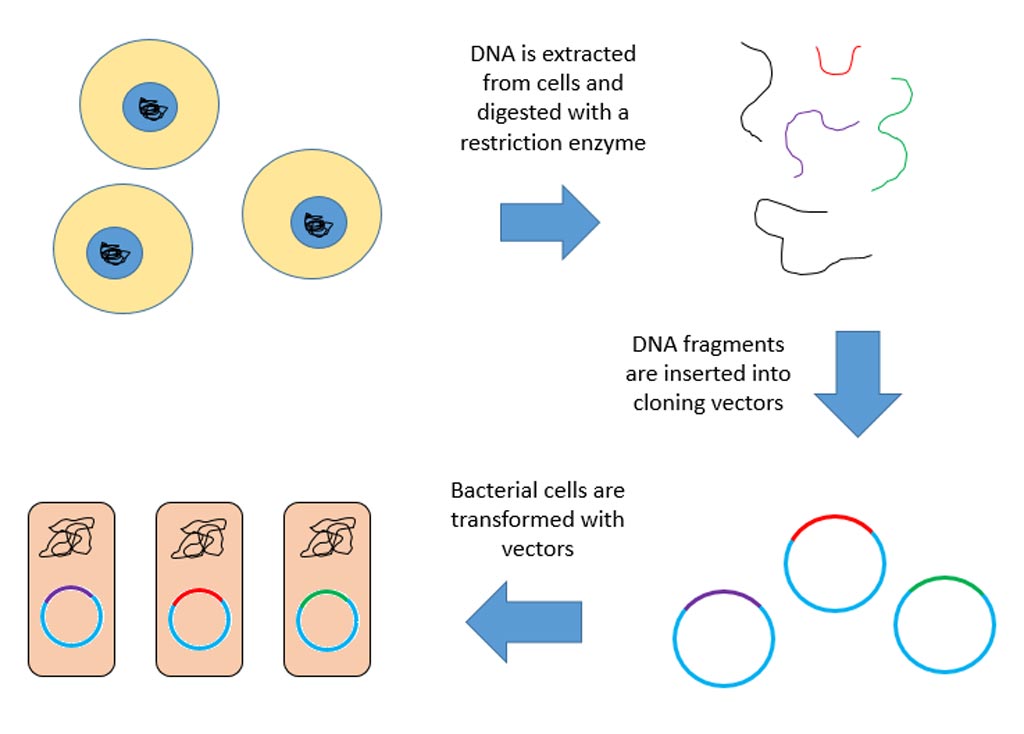Formation of Adipose Scar Tissue Begins with Activation of Platelet-Derived Growth Factor Receptor Alpha Signaling
By LabMedica International staff writers
Posted on 09 Jun 2015
Researchers have found a link between activation of PDGFRalpha (platelet-derived growth factor receptor alpha) signaling in perivascular cells (such as pericytes, connective tissue cells that occur about small blood vessels) and the formation of scar tissue that can lead to metabolic dysfunction and development of chronic diseases such as diabetes.Posted on 09 Jun 2015
Fibrosis is a common disease process in which pro-fibrotic cells disturb organ function by secreting disorganized extracellular matrix (ECM). Adipose tissue fibrosis occurs during obesity and is associated with metabolic dysfunction, but how pro-fibrotic cells originate is as yet unknown.

Image: Fluorescent microscopic image of fibrotic scars in fat tissue. In this image, the fat cells are not labeled and appear as black holes surrounded by green collagen (the main component of scar tissue). Cell nuclei are blue (Photo courtesy of Dr. Lorin Olson, Oklahoma Medical Research Foundation).
In this regard, investigators at Oklahoma Medical Research Foundation (Oklahoma City, USA) used a developmental model to investigate perivascular cells in white adipose tissue (WAT) and their potential to cause organ fibrosis.
They reported in the May 27, 2015, online edition of the journal Genes & Development that activation of PDGFRalpha signaling in perivascular cells caused them to transition into ECM-synthesizing pro-fibrotic cells. Before this transition occurred, PDGFRalpha signaling up-regulated mTOR (mammalian target of rapamycin) signaling and ribosome biogenesis pathways and perturbed the expression of a network of epigenetically imprinted genes that had been implicated in cell growth and tissue homeostasis.
"Scarring can be an important part of the healing process when a person suffers an injury," said senior author Dr. Lorin Olson, assistant professor of immunobiology and cancer research at Oklahoma Medical Research Foundation. "But excessive scarring, or fibrosis, can contribute to many dangerous health conditions. When fat cells are surrounded by scar tissue, it inhibits their ability to store lipids. When that happens, the lipids are stored in places like the liver or muscle. That can cause insulin resistance, which can lead to diabetes. By studying the molecular mechanisms involved in the process, we will try to understand the role it may play in heart disease, diabetes and other metabolic disorders."
Related Links:
Oklahoma Medical Research Foundation













